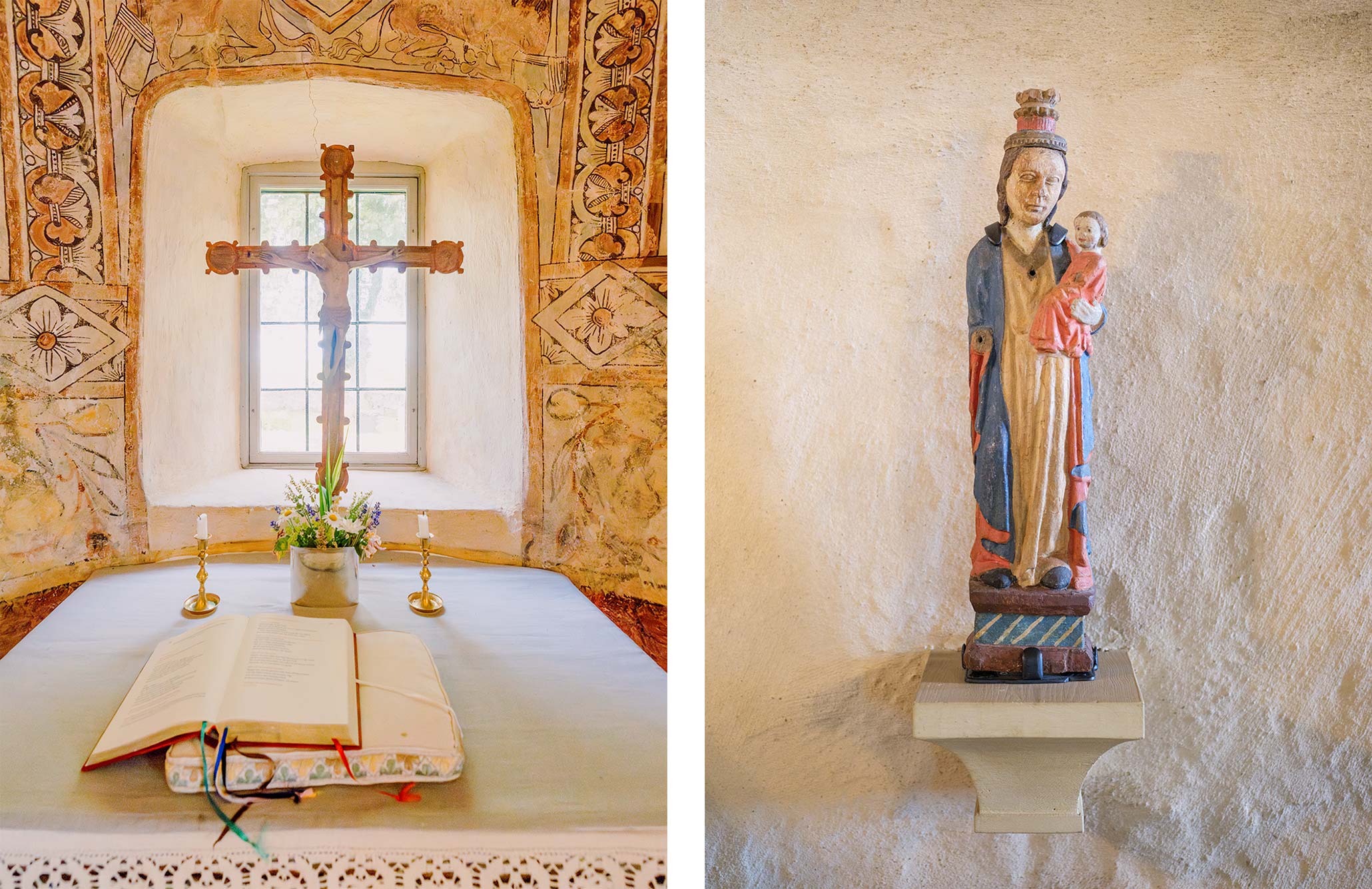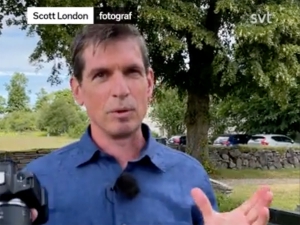Soli Deo Gloria
July 21, 2024

The Swedish countryside is dotted with beautiful churches and abbeys, some of them dating back almost a thousand years. The oldest trace their origins to the arrival of Christianity in Northern Europe, when the ancient Nordic religions where slowly replaced by Catholicism.
Many of Sweden’s churches sprang up in the 16th and 17th centuries following the Reformation when Lutheranism was established as the country’s official religion. Words associated with this transformation — like Soli Deo Gloria which called on Christians to always seek God’s glory above all else — can still be found inscribed on walls and carved into stones.
While many of Sweden’s medieval churches continue to serve as places of worship today, regular attendance has been on a sharp decline over the last century. Today Sweden is often described as one of the least religious nations in the world. The influx of non-Christian ideas and influences has certainly played a part. But the primary reason for Sweden’s secular turn is a rejection of religious authority and the rise of a more scientific worldview.
Sweden’s seculization is especially interesting in light of the rich cultural heritage preserved in its churches. While they served primarily as places of worship, devotion and communion, their function was not exclusively religious or spiritual. They were also vibrant civic spaces where people came together to celebrate holidays, marriages, births and deaths. They were often intimate and unpretentious, nurturing a sense of belonging, stewardship and common purpose.

In the summer of 2024, I teamed up with distinguished filmmaker Mattias Löw to document the enduring allure of these medieval churches for a forthcoming book on the subject.
SVT, Sweden’s national television broadcaster, took an interest in our work and put together a short news segment about the project. View the clip here.
Freely translated from the Swedish, the text of the accompanying article follows below.
 Scott London is an American photographer and author who has worked on a wide range of projects, from photojournalism to portraiture to landscape photography.
Scott London is an American photographer and author who has worked on a wide range of projects, from photojournalism to portraiture to landscape photography.
His Swedish roots have brought him back to work with noted filmmaker Mattias Löw. The two of them are traveling throughout Sweden documenting its medieval churches and abbeys for a forthcoming book.
“These churches represent a vital cultural heritage,” London says. “They provide a fascinating window into medieval history and offer insight into the spiritual foundations of Swedish society.”
London and Löw are currently traveling in the Östergötland region of southeastern Sweden.
“It’s difficult to do justice to these churches with just images,” says Mattias Löw. “They must be experienced. We hope that the photos will inspire people to visit and experience these cultural treasures for themselves.”
